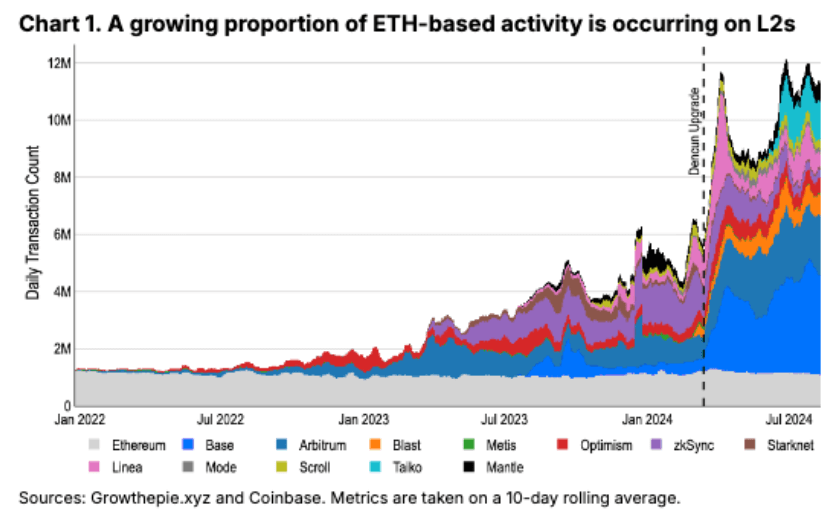Sony Block Solutions Labs, a subsidiary of Sony Group, has unveiled plans to develop Soneium, an Ethereum Layer-2 network designed to accelerate the adoption of blockchain technology, according to an August 23 report. statement.
The layer 2 network, a result of a collaboration with blockchain infrastructure provider Startale, attempts to bridge the gap between blockchain technology (Web3) and everyday internet services.
This project marks Sony’s continued expansion into the digital assets space. Sony Group hinted that a crypto exchange would be launched in July after acquisition Amber, the Japanese WhaleFin exchange. The tech giant plans to rename and relaunch the exchange, although the timeline remains unclear.
Sonium
The network would be designed as a versatile, general-purpose blockchain with competitive features, combining elements from entertainment, gaming, finance and other sectors.
Soneium would use the Op Stack and Superchain, developed by the Optimism Foundation. A testnet will be launched in the coming weeks to provide developers with hands-on experience.
Several crypto protocols, including Chainlink and the Astar Network, are already joining the project as launch partners. Astar said its zkEVM solution would transition to Soneium, and its native ASTR token will play a crucial role within the planned layer 2 solution.
Jun Watanabe, Chairman of Sony Block Solutions Labs, highlighted Soneium’s ability to introduce blockchain technology to a global audience by leveraging Sony’s extensive reach in entertainment, finance, electronics and gaming. He emphasized that Soneium will eventually integrate with Sony Group services to attract users unfamiliar with Web3.
Layer 2 networks
Ethereum Layer-2 networks are designed to improve the scalability and speed of the mainnet and have seen continued success recently.
Over the past year, the layer 2 landscape has become crowded with major crypto companies, including Coinbase, launching their networks and scoring massive community adoption.
As a result, layer 2 networks now handle the majority of Ethereum’s activity. According to available factsapproximately 89% of blockchain transactions take place on these platforms.

However, some critics argue that this expansion could hurt Ethereum in the long run. These networks have already driven blockchain network fees to a three-year low and could also potentially spell the end of ETH’s “ultrasound money” story.







Leave a Reply